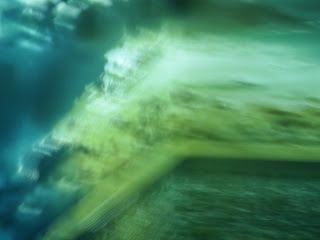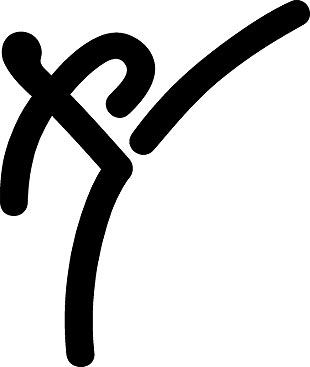University of Leeds
Around the university campus, there are various types of signage, maps and navigation systems. The first I spotted was the main map that displays the site. This was probably due to its scale and positioning (located on a main pathway). The other signs to me only became obvious when searching for them. It seems that size and scale does grab attention, which I believe is necessary as it is probably the most important and used by people.
- curved
- 3D
- good contrast of colours (green and white) for text - readible/legible
- map uses a key - obvious choice and calculated design decision due to the large amount of information is provided
- positioned below head height - approachable
Following the same colour scheme and use of type, the university has dimensional signage to instruct important locations. The design is very simple, yet effective. By keeping the same type and size the sign is seamless and uncomplicated.
However, a better solution to this particular sign could be to alter the type sizes in order of significance. 'Entrance' could be made slightly smaller to represent that, as the 'Earth and Environment' building is more general than a specific area of it.
The university logo does not take anything away from the design of the sign due to its simplicity and monotone form.
Leeds Beckett University
In contrast, I decided to document and explore Leeds Beckett's designs. I found the map that navigates part of the Beckett buildings to be much more simpler than the one found in the University of Leeds. It uses a similar muted colour scheme, although, it uses more playful expressive colours to represent the university.
- simple map layout
- small key
- pictograms
- uses different type for the letters of the key vs. when they're on the map - possibly to not confuse reader with circular pictograms
- map outlines important sections - still involves surrounding area

Although, not necessarily a sign, this expressive display gives information in a temporary location.
- expressive - whilst still giving information
- wall art?
- keeps within colour scheme
- each section explores a part of the university
- acts as a mini perspective
- although in the distance from the university building, it sits underneath
- acts as a guide?
- multipurpose
Part of the design uses small text to create large letters. It offers information on the university courses, whilst still making it interesting.
However, one issue is that the D shape that creates the negative space cuts through and blocks some of the text off, making it not entirely legible. This means the designer has not taken into account that the information will actually be read, but relied their design on the basic of aesthetic and the appearance it creates.
This is something I will deeply consider and be careful with when creating my own signage. I do not want to entirely rely on aesthetic preference, the information the sign is offering is the most important factor and should be easily understandable for the audience/reader.
Leeds Trinity Shopping Centre
Leeds Trinity shopping centre uses a combination of pictograms, arrows and colour coded maps.
- detailed
- information split using building structures (from birds eye view) with key
- quite long/complicated
- small print - quite confusing?
- colour co-ordinated floors make them distinguishable as each floor layouts are very similar
- yellow signs
- lit by white lighting
- uses consistent font
- symbols to represent areas
- uses block of colours next to 'Lower Ground Floor' and 'First Floor' to represent colours used on main map
- arrows used - black arrow on white background - circle symbol
One issue I would take up is with the colour choice.
Although, the yellow used is not as bright or vibrant as the example I have shown. It seems the colour yellow has been taken into consideration when creating the sign. The pale mustard colour used does make the sign more readable - the lighting also used around the sign helps illuminate the text, symbols and arrows within the sign.
The lighting behind the signs actually create shadows from the individual four signs (two arrows, two text based). It forms a constant outline to the sign, which amplifies and draws more attention towards itself.

















_Taekwondo.svg/300px-Olympic_schedule_(Finals)_Taekwondo.svg.png)







































